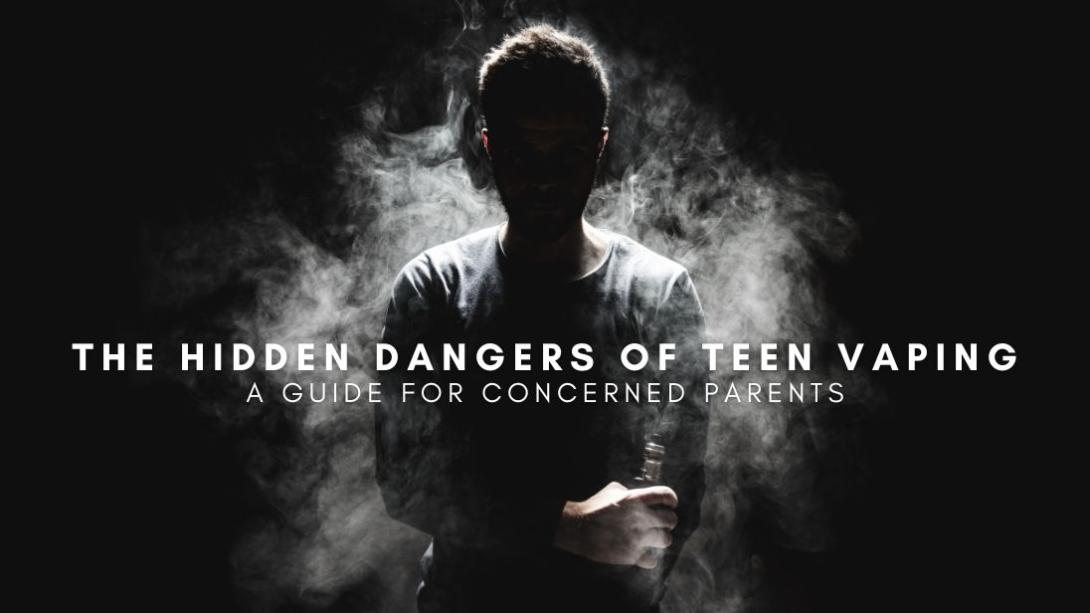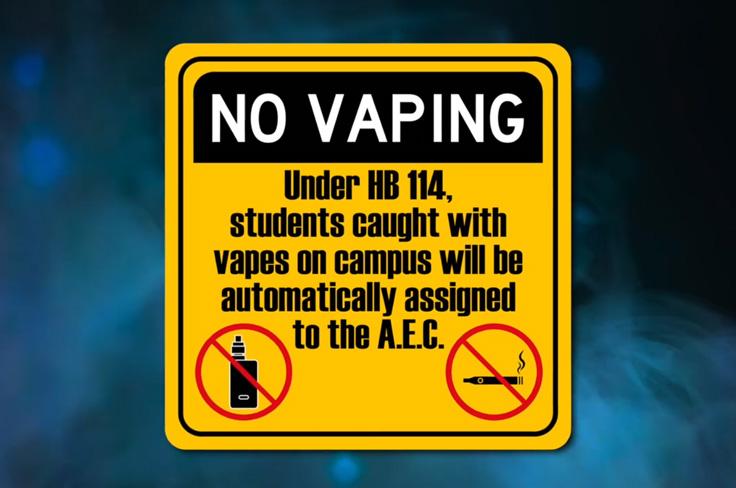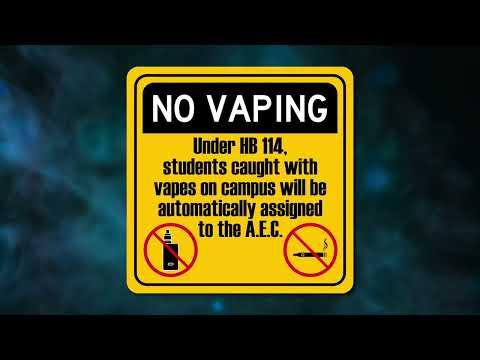

The Hidden Dangers of Teen Vaping: A Guide for Concerned Parents
It's crucial to understand the risks associated with vaping and how it can affect your teenager's health. Learn the hidden dangers of teen vaping and get guidance on addressing this issue with your child.
Vaping has become a cultural phenomenon, especially among teenagers. While some narratives say it's a safer alternative to traditional smoking, the reality is far from it. As a parent, it's crucial to understand the risks associated with vaping and how it can affect your teenager's health. This article aims to shed light on the hidden dangers of teen vaping and provide guidance on addressing this issue with your child.

What is vaping?
Vaping involves inhaling vapor produced by an electronic cigarette or vaping device. These devices heat a liquid—e-juice or vape juice—that usually contains nicotine, flavorings, and other chemicals. The vapor is then inhaled into the lungs, giving the user a sensation like smoking.
According to the Food and Drug Administration’s Annual National Youth Tobacco Survey, in 2022, about 1 in 10 or more than 2.5 million U.S. middle and high school students currently use vapes.
The sleek design, enticing flavors, and the misconception that vaping is "safe" have contributed to its popularity among teenagers.
The risks associated with vaping
Vaping has been shown to have numerous health risks, including:
- Nicotine Addiction - One of the most significant dangers of vaping is nicotine addiction. Nicotine is a highly addictive substance that can lead to long-term damage that affects brain development, especially in adolescents.
- Respiratory Issues - Inhaling vapor can irritate the lungs and lead to respiratory problems. Studies have shown that vaping can cause symptoms similar to chronic obstructive pulmonary disease (COPD) and may exacerbate asthma.
- Toxic Chemicals - E-juices contain harmful chemicals like formaldehyde, acetaldehyde, and acrolein, which can cause cellular damage and contribute to cancer development.
- Mental Health - Nicotine has been linked to mood disorders and can exacerbate mental health issues such as anxiety and depression.
In addition to health risks, vaping is also not allowed within school districts. H.B. 114 bans vaping on school campuses. Students caught with vapes on campus may be sent to the Alternative Education Center.

How to talk to your teen about vaping
- Be Informed: Before approaching your teen, ensure you are well informed about the risks associated with vaping.
- Choose the Right Time and Setting: Opt for a relaxed environment where you can have an open and honest discussion.
- Ask Open-Ended Questions: Instead of accusing or lecturing, ask questions encouraging your teen to share their thoughts.
- Share Facts: Use credible sources to back up your concerns about the dangers of vaping.
- Be Supportive: If your teen is already vaping, offer support and resources to help them quit.
Continue the conversation
Vaping is not as harmless as it appears. The risks far outweigh any perceived benefits, especially for teenagers whose brains and bodies are still developing. As a parent, it's your responsibility to educate your child about these dangers and provide a supportive environment for them to make healthier choices.
For more resources on addressing teen vaping, visit CDC's website on e-cigarettes and young people.
By understanding the risks and initiating an open dialogue, you can protect your teen from the hidden dangers of vaping. Knowledge is power; in this case, it could be the key to your child's long-term health.


















